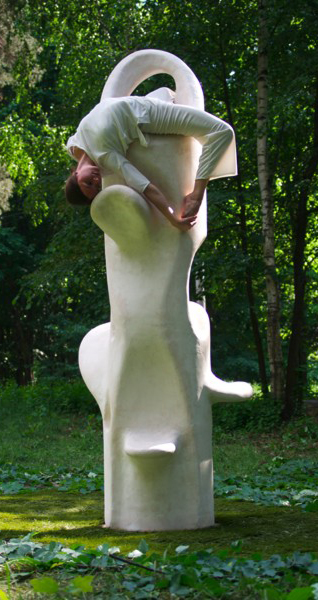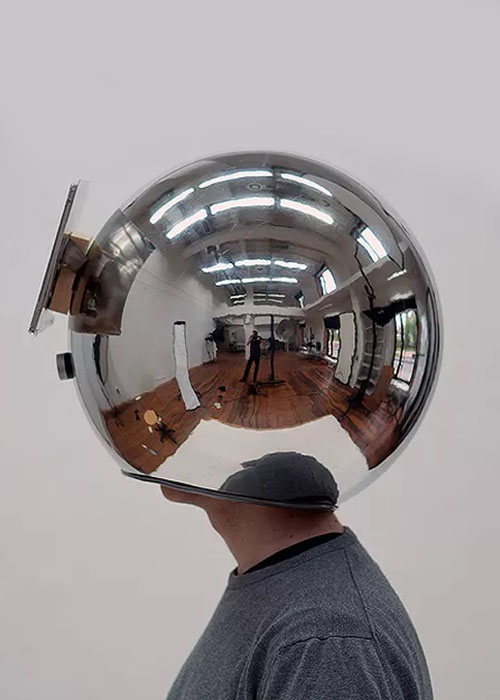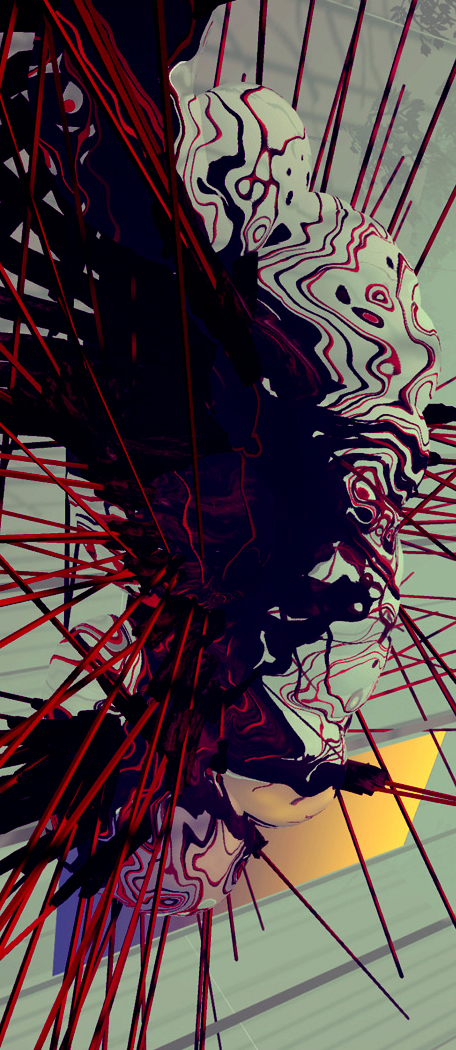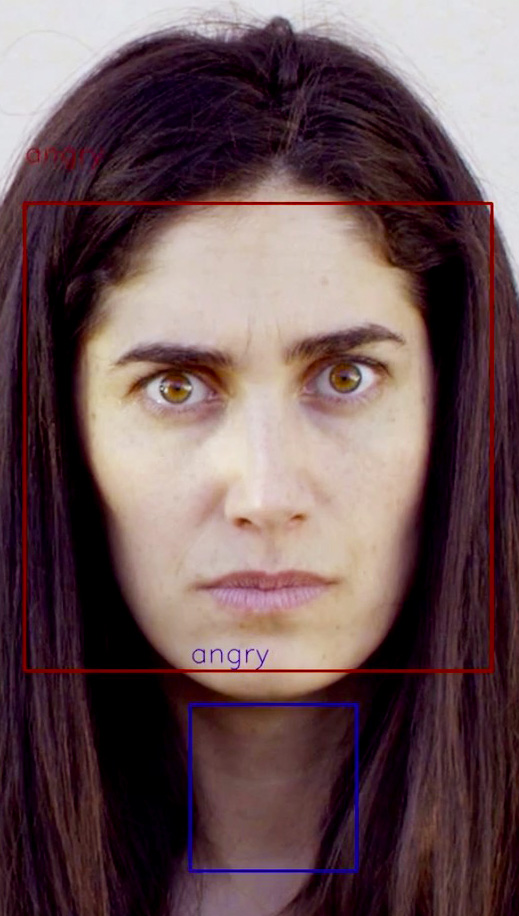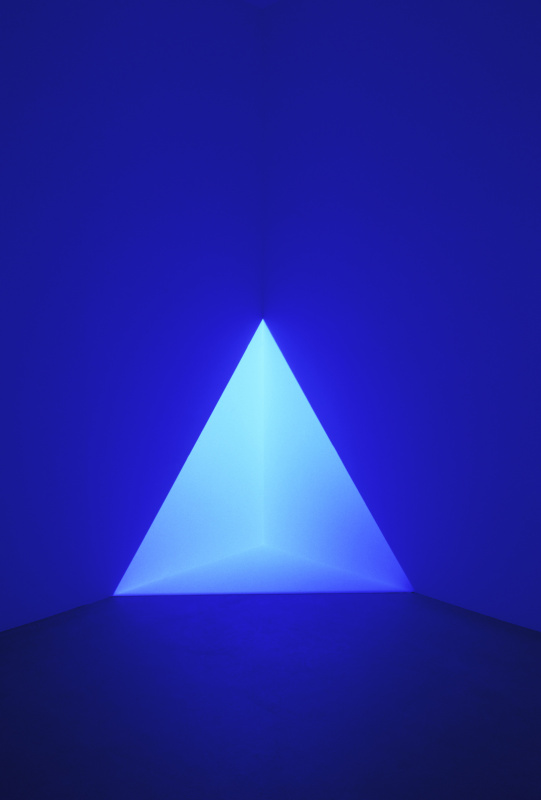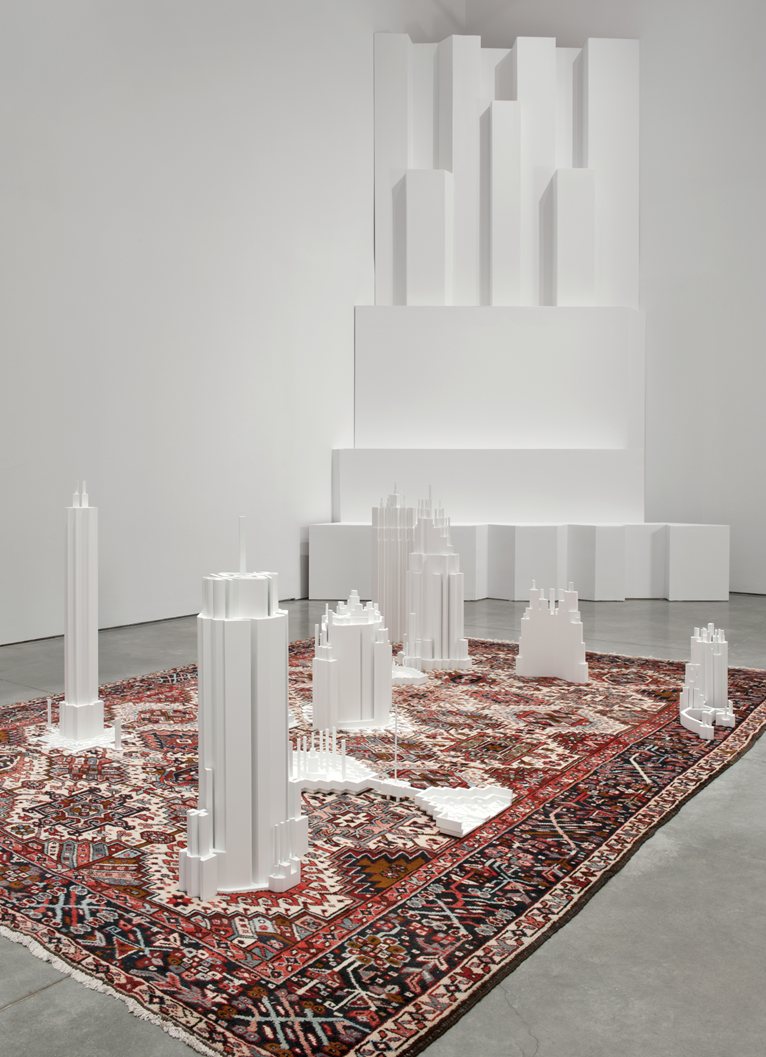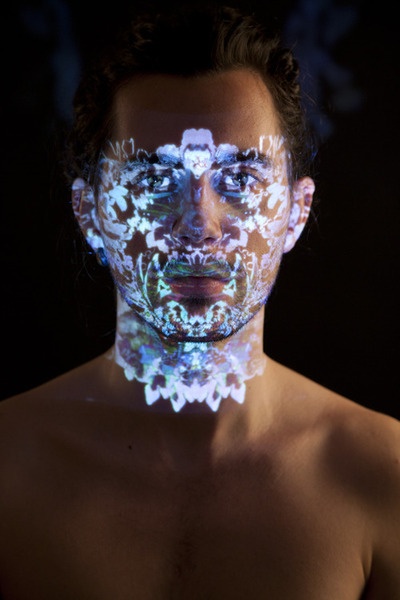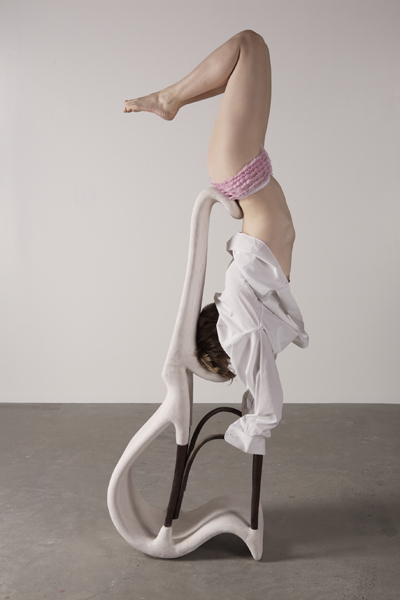It Only Happens All of the Time
Constructed by Jacqueline Kiyomi Gordon within San Francisco’s Yerba Buena Center for the Arts (YBCA) new exhibition series Control: Technology in Culture, It Only Happens All of the Time is an installation that shapes sound, movement, and perception. Architectural in ambition, the installation tasks visitors with exploring a room lined with a droning 11.1.4 surround sound system and custom sound-dampening acoustic panels in order to foreground what the artist describes as the “the exchange between moving within the sound, moving within the sculpture, moving with someone else” and yielding an “intimacy” in the process. Borrowing the materials and geometries of the acoustic panels used in anechoic chambers and acoustic testing labs, Gordon’s immersive sonic environment deploys clinical sound design to engender exploration and interaction.Positioned in the centre of Gordon’s space is “Love Seat”, a pair of adjoined enclosures where visitors can sit and listen. While sharing a common sightline—but physically separated—listeners can enjoy a moment together, each within (relative) acoustic isolation. In the essay accompanying the exhibition, Control: Technology in Culture curator Ceci Moss succinctly describes Gordon’s approach as “sound modulating mood” to “both commune and command” those entering the space.As would be expected, Gordon went to great lengths to sculpt the acoustics within It Only Happens All of the Time and the exhibition saw her working closely with specialists at Meyer Sound Laboratories. She touches on her process briefly in the video below and the Creator’s Project post on the project is worth delving into, as it provides some worthwhile ‘making of’ details as well as comments from collaborators Jon Leidecker (aka Wobbly) and Zackery Belanger.


